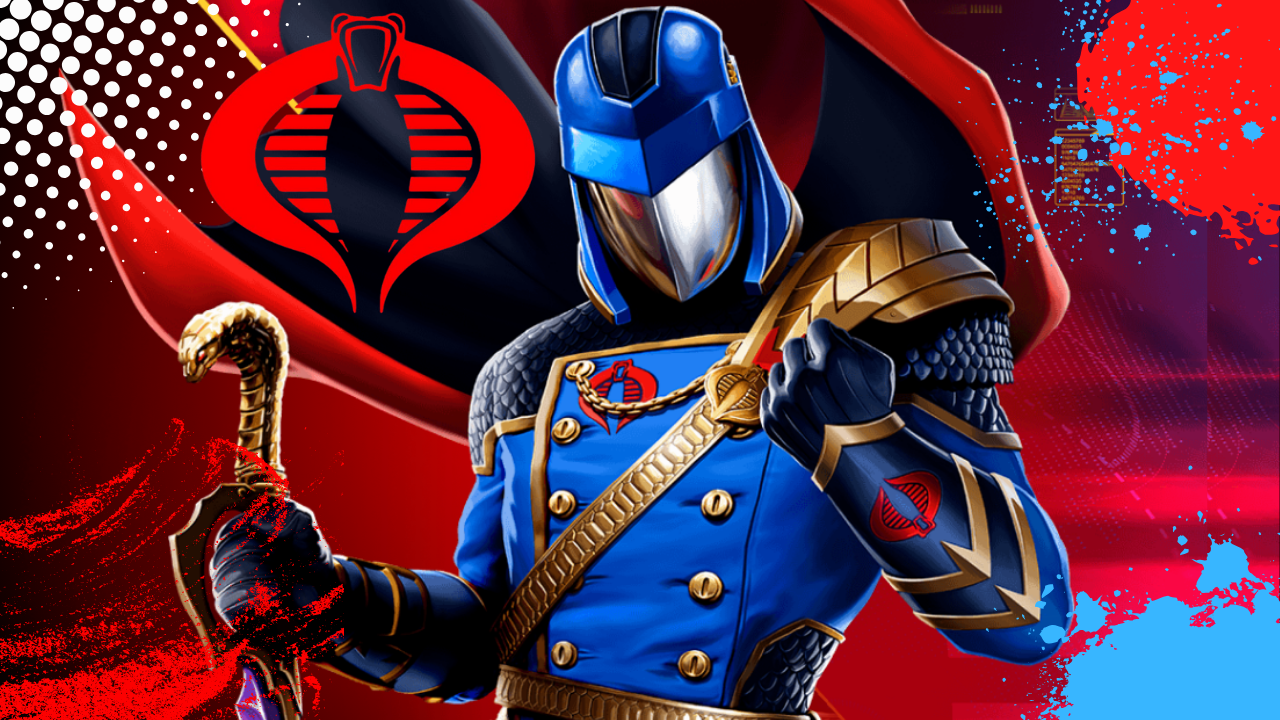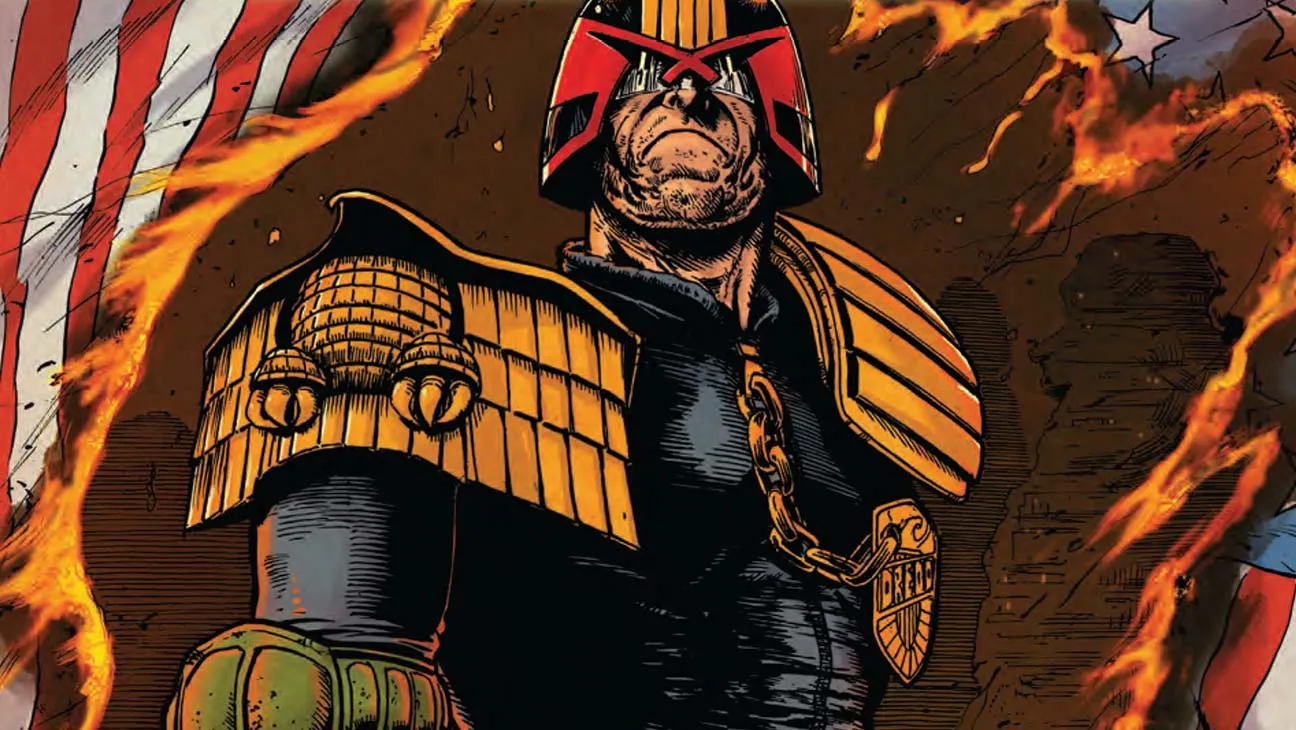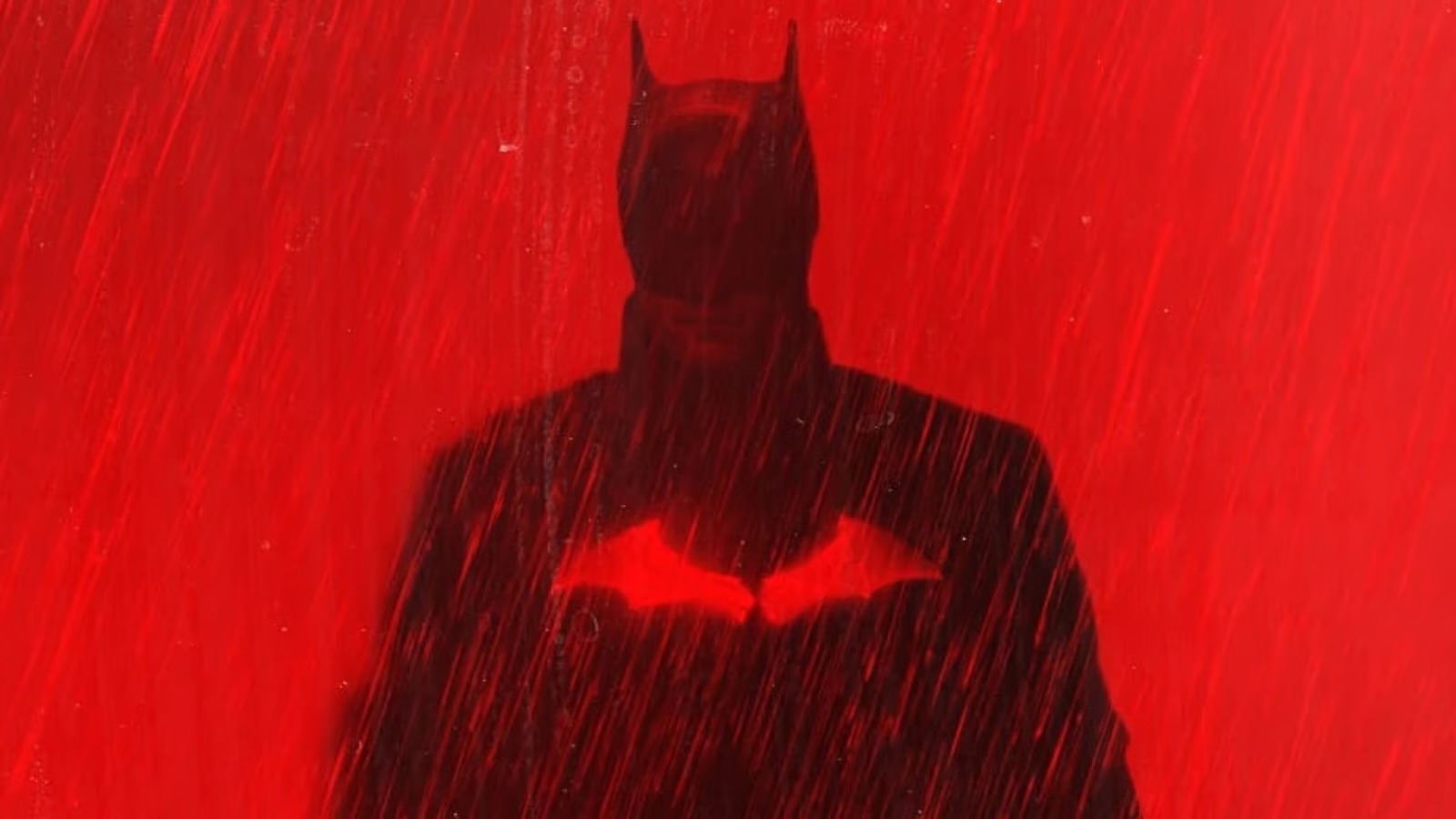Cobra Commander is one of the most recognizable villains in popular culture, a figure synonymous with the classic battle between the heroic G.I. Joe team and the villainous Cobra organization. Known for his distinctive mask, high-pitched voice, and grandiose schemes, Cobra Commander has evolved through decades of comics, animated series, and now a reintroduction in the Skybound Universe. Let’s explore his origins, development, and his recent reemergence in the modern comic landscape.
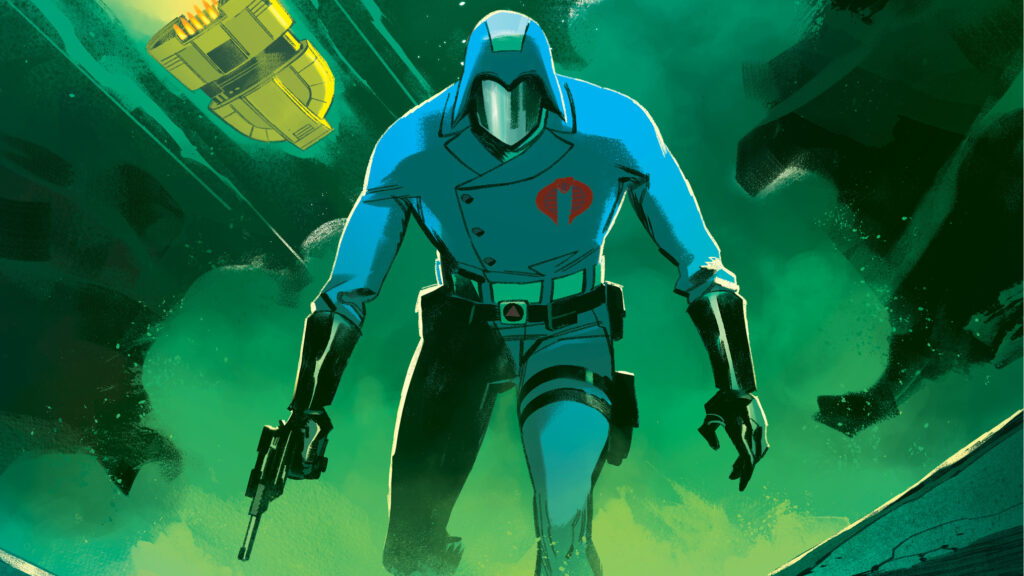
Cobra Commander made his first appearance in Marvel Comics’ G.I. Joe: A Real American Hero #1 in June 1982. Created by Larry Hama, the mastermind behind much of the G.I. Joe lore, Cobra Commander was envisioned as the ultimate antagonist. His character was not just a terrorist leader but a charismatic figure capable of uniting the disillusioned under his banner.
In the comics, Cobra Commander’s backstory was shrouded in mystery, but key details emerged over time. Once a down-on-his-luck used car salesman, he became disillusioned with society and its failures, leading him to create the Cobra organization. Under his leadership, Cobra grew into a sprawling network of mercenaries, scientists, and soldiers, unified by a shared disdain for global governments.
Cobra Commander rose to greater prominence in the G.I. Joe: A Real American Hero animated series, which began airing in 1983. Voiced by Chris Latta, his high-pitched, nasally voice became iconic, cementing his place as a campy but menacing villain. The series portrayed him as both a cunning strategist and a comedic figure, often foiled by his own hubris or the incompetence of his underlings.
Despite his setbacks, Cobra Commander’s larger-than-life schemes—whether attempting to control weather patterns, brainwash the masses, or unleash doomsday devices—made him endlessly entertaining. His constant rivalry with G.I. Joe leader Duke and other members of the team provided the backbone for much of the show’s conflict.

While the animated series often leaned into Cobra Commander’s over-the-top persona, the comics delved deeper into his motivations and psyche. Larry Hama portrayed him as a deeply flawed individual, driven by a mixture of bitterness, ambition, and paranoia.
One of the most memorable arcs in the original comic series was his relationship with his son, Billy. This dynamic humanized the character, showing glimpses of vulnerability and regret amid his ruthless nature. However, Cobra Commander’s lust for power and control ultimately overshadowed any personal redemption.
In later iterations of the comics, Cobra Commander’s backstory was expanded and reimagined. Depending on the continuity, he has been depicted as everything from a cult leader to a disgraced aristocrat, but his core traits—ambition, charisma, and a relentless drive for domination—remained intact.
Cobra Commander has continued to appear in various adaptations of G.I. Joe, from the live-action films to video games and newer animated series. In the 2009 film G.I. Joe: The Rise of Cobra, Joseph Gordon-Levitt played a reimagined version of the character, depicting him as a scientist-turned-terrorist leader. However, this portrayal diverged significantly from the original character, and fans were divided on the changes.
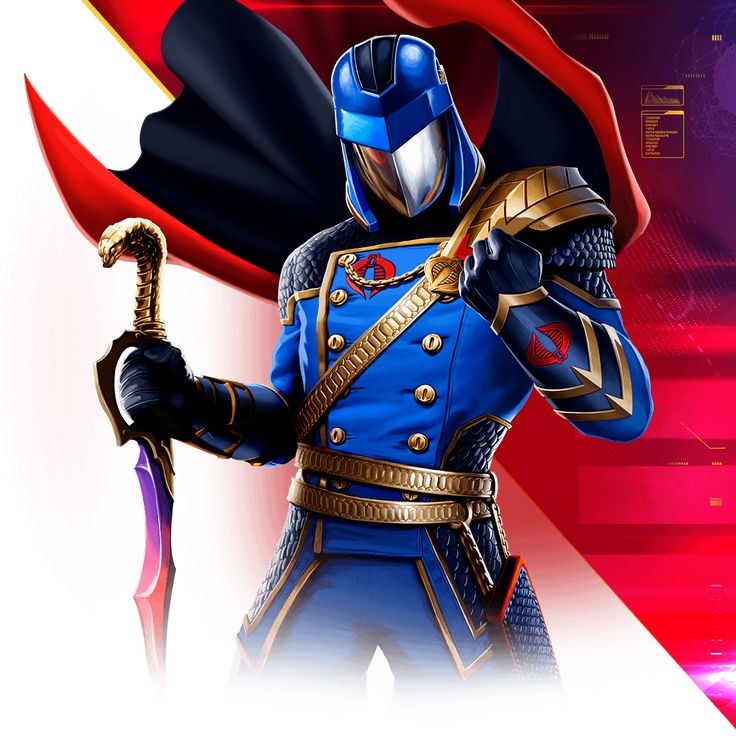
In more recent years, Cobra Commander has appeared in modern comic reboots from IDW Publishing, which have further explored his complex leadership of Cobra. These stories often delve into the political and social commentary of his rise to power, reflecting real-world themes of populism and authoritarianism.
Cobra Commander is now making waves once again in Skybound Entertainment’s new Energon Universe. Skybound, under the creative direction of Robert Kirkman (The Walking Dead), recently acquired the publishing rights to G.I. Joe and Transformers, introducing both franchises into a shared universe.
Cobra Commander’s reintroduction began in Void Rivals, a Skybound series that laid the groundwork for this ambitious crossover. In the new Energon Universe, Cobra Commander is being positioned as a central antagonist, blending his traditional persona with a fresh, modernized take.
This reimagined Cobra Commander retains his iconic mask and commanding presence but adds layers of complexity to his leadership of Cobra. Skybound’s approach aims to explore the character’s charisma and his ability to manipulate both his followers and his enemies. Early hints suggest a narrative that ties his rise to power with the mysterious, intergalactic forces introduced in the Transformers storyline.
Cobra Commander’s enduring appeal lies in his versatility. He can be portrayed as a campy, mustache-twirling villain or a deeply flawed, multifaceted character. His over-the-top schemes and dramatic personality make him a delight to watch, while his more grounded moments reveal a character who embodies real-world fears about authoritarianism and corruption.
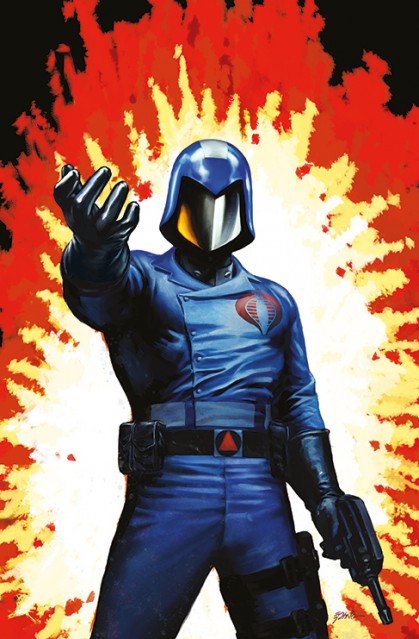
The Skybound reintroduction offers an exciting opportunity to reimagine Cobra Commander for a new generation. By merging the nostalgia of his classic iterations with modern storytelling sensibilities, Skybound is ensuring that Cobra Commander remains as compelling and relevant as ever.
As the Energon Universe unfolds, fans can look forward to seeing how Cobra Commander’s timeless rivalry with G.I. Joe evolves in this bold new era. One thing is certain: whether he’s scheming in the shadows or commanding on the battlefield, Cobra Commander will continue to captivate audiences for years to come.
From his humble beginnings as a comic book villain to his status as a cultural icon, Cobra Commander has left an indelible mark on pop culture. With his reintroduction in the Skybound Universe, he is poised to reclaim his place as one of the most iconic antagonists in entertainment history. Whether you’re a lifelong fan or a newcomer, now is the perfect time to dive into the world of Cobra and witness the legacy of its infamous leader.

